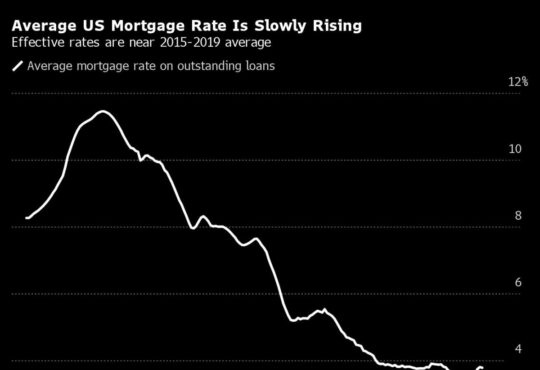
Written by Dan Brumhead, Affinity Partnership & Distribution – Relationship Manager at Beagle Street
The location of a home in the UK could affect whether a household has life insurance – according to Beagle Street’s study entitled, ‘The Mortgage Cover Gap: Assessing the financial risk for mortgage holders without life insurance cover across the UK’.
The report shows a gaping £400 billion ‘mortgage cover gap’ across the nation, with as many as two million households choosing not to take out life insurance cover to protect what is – for many – likely to be their biggest ever investment. This is especially relevant with new reports revealing that the proportion of mortgages in arrears across the UK is the highest in five years, as mortgage costs have risen for millions. According to the Bank of England, in April to June 2023, the value of UK mortgage arrears jumped by almost a third compared with the same period last year.
The mortgage cover gap is calculated by taking the total mortgage debt estimate not protected with life insurance, as well as considering the influence of differing house prices, loan to value rates and mortgage debt penetration for each region of England, as well as for Wales and Scotland. This varies greatly across the country, with London and the Southeast proving particularly vulnerable to a lack of cover.
| Area | Mortgage Cover Gap (£ million) |
| Great Britain | 433,027 |
| Wales | 16,102 |
| Scotland | 27,864 |
| London | 86,354 |
| South East | 81,963 |
| East of England | 50,668 |
| North West | 38,175 |
| South West | 36,392 |
| West Midlands | 32,076 |
| Yorkshire and the Humber | 26,909 |
| East Midlands | 25,650 |
| North East | 10,872 |
North-South divide
Childcare, rail prices, food – the cost of living keeps on rising, with increased food costs most reported as an issue by those questioned by the Office for National Statistics in August 2023. This may be a reason why purchasing life insurance has fallen off the list of household priorities.
Many of the highest energy costs in the UK have been seen in the North, Midlands, and Wales. In addition, research from the Centre for Cities shows a clear North-South divide in cost of living across the nation, with Northern cities far more frequently feeling the pinch due to historical inflation increases, hanging over from the last couple of years.
However, when it comes to mortgage affordability, it seems that the region is relatively well off in comparison to its Southern neighbours, especially London.
This is because the real measure of mortgage affordability risk lies in the relationship between average mortgage costs and average salaries in each region of the country. Just because salaries are much higher in London, doesn’t mean that the mortgage affordability risk is lower – in fact, inflated house prices and mortgages put Londoners at a much higher risk if a household breadwinner were to die prematurely.
Indeed, London scores lowest in Beagle Street’s National Mortgage Affordability Index, even though it comes highest in the National Salary Index. These indices comparing average mortgage and average salaries provide a more complete picture of mortgage affordability across the UK regions.
| Area | Mortgage Affordability Index(low score = less affordable) | Salary Index(low score = below average) |
| Great Britain | 100 | 100 |
| Wales | 107 | 81 |
| Scotland | 111 | 73 |
| North East | 159 | 83 |
| North West | 143 | 92 |
| Yorkshire and the Humber | 129 | 89 |
| East Midlands | 118 | 87 |
| West Midlands | 113 | 89 |
| South West | 106 | 94 |
| East of England | 95 | 105 |
| South East | 94 | 110 |
| London | 75 | 126 |
Focusing efforts to close the gap
With balancing costs the key here, it’s important to emphasise the potential affordability of life insurance, compared with the comparative burden should anything go wrong for a household breadwinner.
Family financial pressures might tempt people to reduce or cancel life cover. However, higher living costs mean that if an unexpected death occurs, the surviving family will find it even more difficult than before to maintain rising mortgage costs on the roof over their heads.
When the age group where the impact of a premature, uninsured death can be most devastating – families with young children – is often the least costly to insure, it cannot be emphasised strongly enough that life insurance is a need-to-have, not just a nice-to-have.






